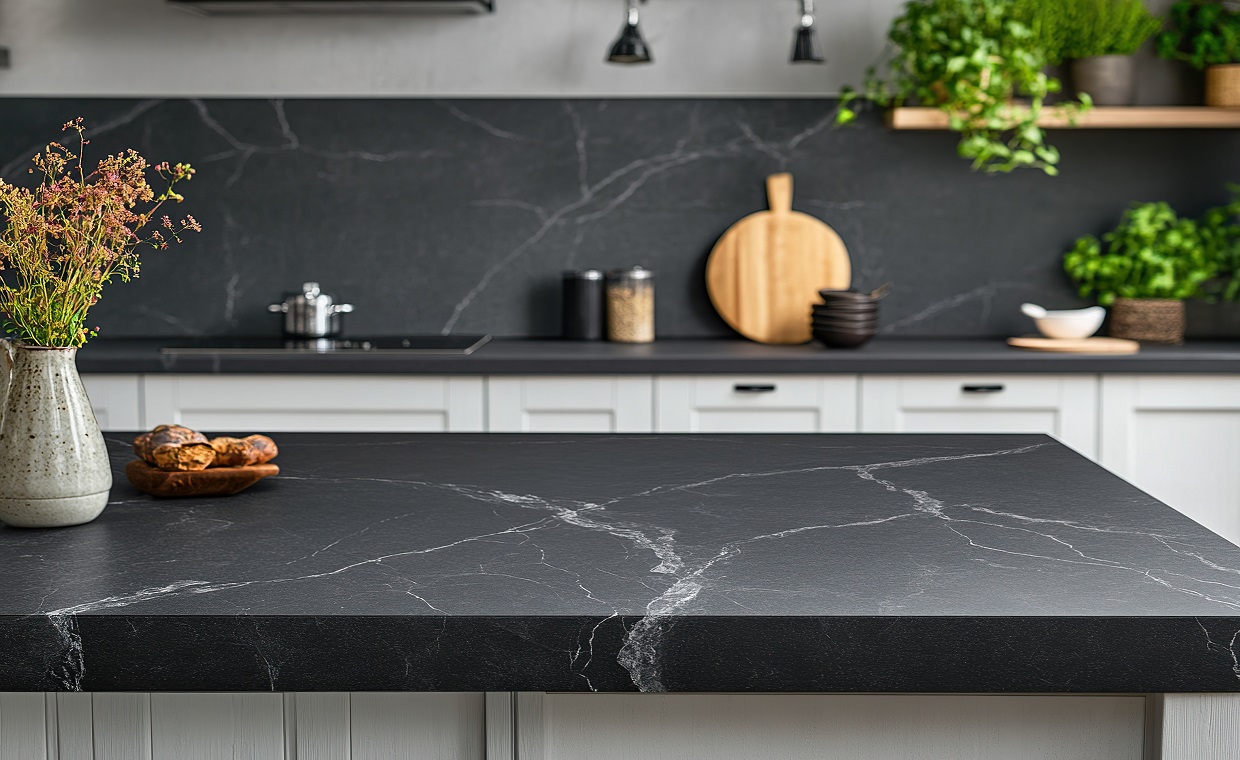
Introduction
Once again, Gharpedia has come up with an introductory article on innovative technology in construction. This article focuses on construction exoskeletons, their types, and their uses in construction. This technology will leave you with awe, ease, and speed in construction. Continue reading as we dive right into the topic.
If you’re lifting heavy objects or performing simple and repetitive tasks, exoskeletons for construction are your best bet for safety and productivity improvement. In 2017, there were more than 12,000 injuries each month in the construction field (eskoBIONICS), many of which were avoidable by using construction exoskeletons. According to studies, exoskeletons decrease the cost of metabolism and thermophysiological reactions during upper-body tasks, which results in less strain and fatigue for workers. They also result in higher productivity. Exoskeletons will be the next shift in industrial technology for warehouse and construction workers to increase efficacy and effectiveness.
The History of the Exoskeleton: Why Do People Wear It?
The first instance of a wearable machine dates back more than 100 years ago. In 1917, Leslie C. Kelley invented the running machine, powered by smaller steam engines. The device was meant to ease the strain on the body from running. It was known as Pedomotor. Exoskeletons can reduce the pressure on the body when carrying out specific tasks. In the beginning, exoskeletons functioned as medical devices to aid in rehabilitation. Recently, they’ve been employed in fields that require a lot of labour, such as manufacturing and construction, to decrease the risk of injury, and aid in moving and lifting hefty objects. They also offer an adequate support system to handle large machinery and things.
What Is an Exoskeleton In Construction?
An exoskeleton, sometimes referred to as an exosuit, powered-armor, or exo frame, is a wearable external frame that provides extra support and boosts a person’s biomechanical abilities. Think of Iron Man from the Avengers, however, in actual reality. The exoskeleton is an amplifier of strength that increases physical performance and a corrective device to restore mobility.
Many believe that exoskeletons represent an upcoming “thing.” The truth is that this technology has been in use since 1890 and has only become more popular over the past few years, thanks to the rapid advancement of technology. The first model, created and patent-pending by Nicholas Yang, was a spring-operated device that allowed users to jump and run.
Exoskeletons are used in various medical, military, and construction applications. In the medical field, physical therapists utilise exoskeletons to assist with locomotives and gait-training devices for patients with injuries or conditions that hinder mobility. When it comes to the construction industry, they are used to helping people with their upper extremity mobility by reducing strain and increasing their productivity. According to Thomas Bock and Thomas Linner (2016) (authors of the book ‘Construction Robots: Volume 3’) STCRs (Single-task construction robots) are systems that support workers on the construction site in executing one specific construction process or task (e.g., digging, concrete levelling, concrete smoothening, brickwork construction, logistics, and painting) or by completely sub-substituting the physical activity of human workers necessary to perform this one process or task.
Types Of Construction Exoskeletons
Exoskeletons can be mechanical, electrical, or a combination of both. Rigid materials such as metal or soft materials such as textiles and clothes are used to make frames for exoskeletons based on their suitability and role.
Mechanical
Mechanical exoskeletons in the construction industry use no electricity. The users enjoy a long life in the field because they don’t require recharging or an additional power source.

Most mechanical exoskeletons absorb the weight of one specific part of the human body (like the shoulders and arms) and distribute it to a different area (like the waist and the core) to ease stress and fatigue.
Fully or Partially Electric
Partial electric exoskeletons tend to be more durable than mechanical exoskeletons in construction and can carry greater weight. They can target more specific regions and boost force and pressure where necessary.

They will require power and time to recharge between usages, which means, they could suddenly slow down their performance if they run out of power.
Levitate’s Airframe
Levitate’s top-selling product is the Airframe, which helps relieve upper extremity muscles, joint strain, and discomfort for skilled professionals and tradespeople who lift their arms to perform demolition or construction repeatedly.

The firm claims the device reduces exertion levels by as much as 80 percent, providing all-day ergonomic support while reducing muscle fatigue. Levitate has also recently introduced the fire-retardant Airframe model that is suitable for hot working in open flame settings like grinding, welding, sanding, and grinding.
Ironhand Gloves
When worn under a regular work glove, the Ironhand glove helps strengthen a person’s grip. It helps with the possibility of endurance while collecting and analysing the data to aid in digital risk assessments.

The Swedish-designed system includes an energy unit for backpacks with a pressure sensor that activates motors inside the glove to give the wearer an extra-strong grip. It is available in four sizes for the right and left hands. You can adjust the glove’s grip easily to suit any task.
Guardian XO A Full Body Suit
Exosuits for the whole body offer support throughout your body to reduce strain, increase productivity, and strengthen. Most whole-body suits can be electrical or mechanical, and each comes with its own set of pros and cons. Sarcos recently launched its latest fully-body electric suit, called The Guardian XO.

One charge lasts for up to eight hours and only requires 400 watts (90 percent less than comparable models) to run when walking at an average pace. Users can “hot-swap” batteries without losing power and lift objects weighing 200 pounds without stress.
Noonee’s chairless Chair
The Noonee’s chairless chair is referred to as an “ergoskeleton” for how it improves workers’ comfort. The chairless chair made by Swiss firm Noonee lets you make quick, simple, and flexible transitions between standing, sitting, and walking.

The unit can support a maximum weight of 300 pounds. It takes just 60 seconds or less to put on and remove. The retail price starts at around $4,200 for one unit. Chairless chairs allow users to walk around while wearing them without blocking the workspace and without requiring strenuous postures like kneeling, crouching, or squatting.
Benefits Of Construction Exoskeleton
Increases Productivity
Exoskeletons in construction improve workers’ endurance by reducing the amount of energy used in repetitive tasks. Furthermore, the frame can take on some musculoskeletal strain, which reduces stress on the worker’s muscles and reduces fatigue. With fewer injuries and strains, it’s an effective productivity booster for employees since they can be more productive.
Provides More Accuracy In Work
After hours of endless overhead work, precision decreases because of exhaustion and muscle fatigue. But, with an exosuit, you can almost always keep your attention and concentrate on your task without worrying about fatigue and strain.
Reduces Injuries And Strains
Exoskeletons used in construction reduce fatigue by supporting upper limbs while performing repetitive tasks. They distribute the user’s weight equally across the waist and core, decreasing strain on the shoulders and arms. This results in fewer work-related injuries, such as shoulder and back sprains.
Provides Job Opportunities To Old Age Workers
Due to the labour-intensive nature of construction, older workers are more likely to face difficulties pertaining to their physical capabilities. With an exoskeleton in the construction industry, workers can easily handle the more strenuous tasks.
Conclusion
Construction Exoskeletons are motorised devices typically made of metal, designed to fit on the body. It’s designed to boost the wearer’s strength and aid in good body mechanics. It helps lift objects and reduce tension in the body. Exoskeletons in construction may be bodysuits that are full or designed for use only on certain parts of the body, like the shoulders or hands. Exoskeletons can improve the safety of contractors. Their introduction into the construction industry was a long time coming. It’s obvious, however, that now that construction can use the latest technology, it can go in tandem with it. Exoskeletons in the construction industry will be here for a long time, and they may be a signpost to the future of robotics in construction.
Also check out the advanced construction equipment at the link below:
7 Advanced Construction Equipment You Must Know About
Image Courtesy: Image 1, Image 2, Image 3, Image 4, Image 5, Image 6, Image 7
Author Bio
Harsh Ved – I am a civil engineer, working as a site engineer and a freelance content writer. I hold a Master’s degree in Construction Engineering and Management. My keen interest lies in writing and research work. I have also written a research paper on “Building Integrated Photovoltaics” that is published in IRJET Journal.






























